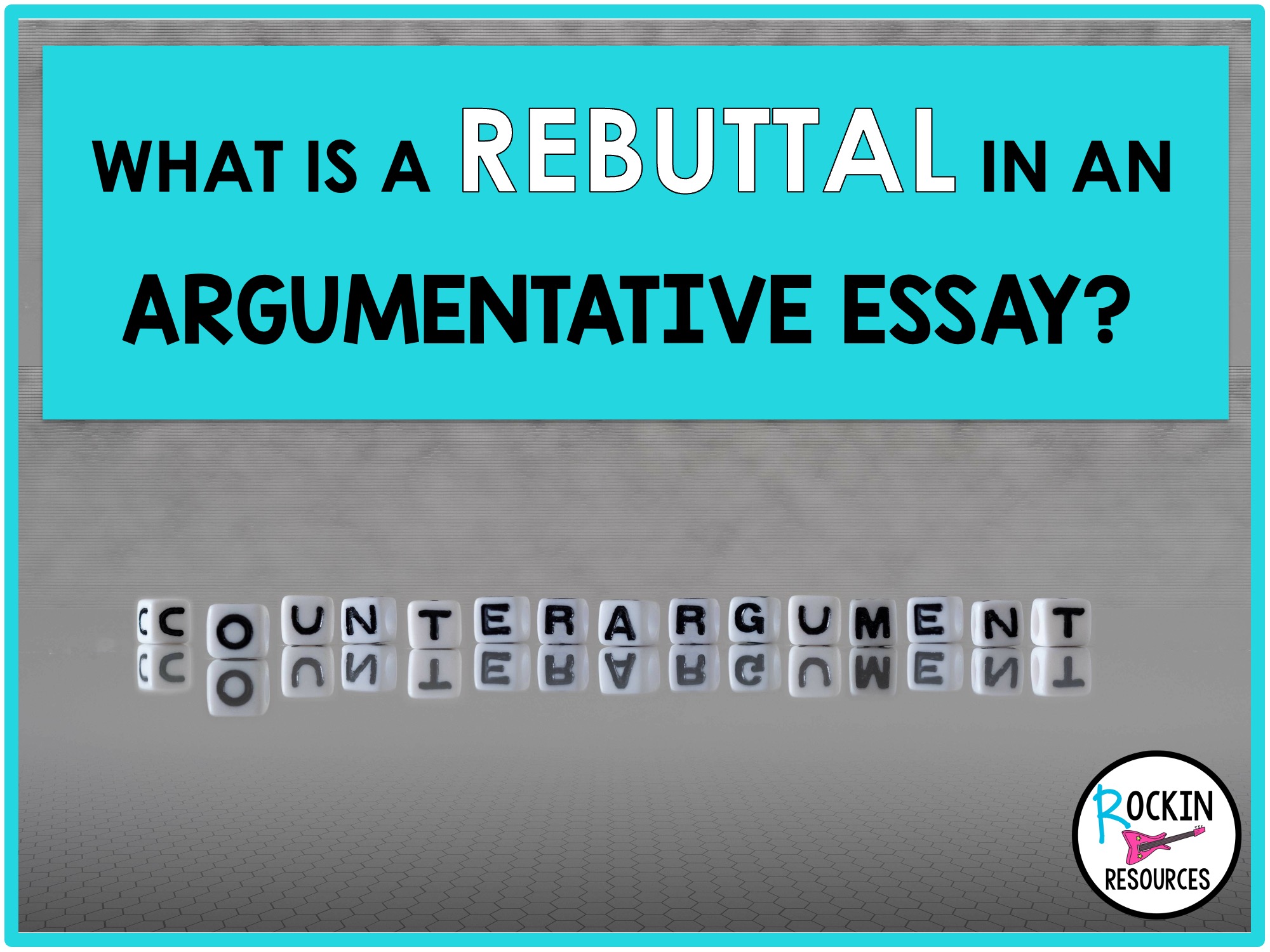In an argumentative essay, a rebuttal is a counterargument or response to an opposing viewpoint. It is a crucial part of the essay’s structure because it allows you to address and refute the arguments made by those who disagree with your position or claim. A well-constructed rebuttal strengthens your overall argument by showing that you’ve considered opposing views and can defend your stance effectively.
For example:

Here’s how the structure of a rebuttal typically works in an argumentative essay:
Introduction to the Opposition
Begin by introducing the opposing viewpoint or counterargument. Make it clear what position you are addressing.
Present the Opposition's Argument
Summarize the key points of the opposing argument as fairly and accurately as possible. You should avoid misrepresenting the opposing view.
Rebuttal
This is the heart of the rebuttal section. Here, you present your counterarguments to each point made by the opposition. You need to provide evidence, reasoning, or examples that undermine the credibility of the opposing argument. You might also expose any flaws or weaknesses in their reasoning.
Concluding Statement
Summarize your rebuttal by restating your original claim and showing how your counterarguments support your position.
By including a well-structured rebuttal, you demonstrate that you have thoroughly researched the topic and considered different perspectives. This can make your argument more persuasive, showing that you’ve thought critically about the issue and have strong reasons for your position. It also helps you anticipate and address potential objections your readers may have.
Check below for MORE ARGUMENTATIVE ESSAY BLOGPOSTS and WRITING UNITS to guide your instruction!
Keep Rockin’,
SEE SIMILAR BLOGS:
DISCOVER RELATED RESOURCES:
-
STEP-BY-STEP DIGITAL WRITING PROGRAM FOR MIDDLE SCHOOL
Original price was: $100.44.$70.00Current price is: $70.00.
SHARE THIS POST ON PINTEREST:















